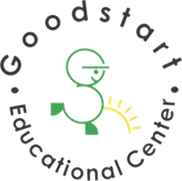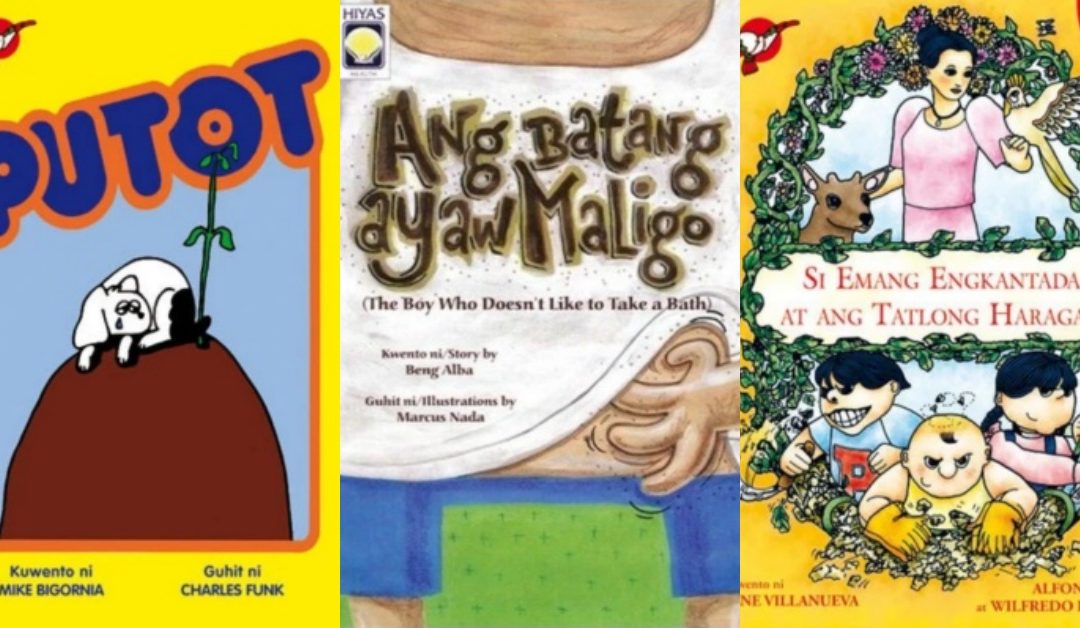So many young children struggle with speaking Filipino, which doesn’t just affect the way they interact with other people, but also their sense of identity and even their performance in school as they get older. But how can parents teach their kids to speak good Filipino and English?
How to Teach Filipino to an English-Speaking Child
Though you may not have to worry about Filipino and Araling Panlipunan classes until grade school, the earlier you start, the better. Parents often forget that young kids pick things up quickly, so make the most of these formative years. During early childhood, teaching your child Filipino can be as simple as immersing your child in a bilingual environment. Even though you may not speak Filipino perfectly, try to use the language more often at home instead of speaking to your child exclusively in English. The more often you use Filipino, the quicker it will be for your little one to pick it up.
And don’t limit yourself to simply teaching the Filipino words for certain objects — what’s the fun in that? You can make learning more enjoyable by singing songs and telling stories, so your child will love communicating in Filipino rather than dread it.
Thankfully, there are plenty of resources available to help your child learn Filipino and have fun at the same time. Reading Filipino storybooks with your preschooler, for example, is a great way to connect them to their culture and encourage their love for books at the same time. These storybooks will tap into their creativity and imagination, fostering their appreciation for their mother tongue. For Buwan ng Wika, we’ve compiled a list of Filipino story books that will nurture your child’s love for the Filipino language, teaching them valuable lessons in the process.
Filipino Story Books For Preschoolers
Diversity & Acceptance

1. Si Putot
Story by Mike Bigornia
Illustrations by Charles Funk
Putot is a dog who’s unhappy with his short, stumpy tail. Because of this, he’s constantly comparing himself with other animals. How will he learn that his tail is perfectly fine the way it is? This story teaches children an important lesson on diversity, self-acceptance.
Available at Adarna House.
 2. Xilef
2. Xilef
Story by Augie Rivera
Illustrations by Beth Parrocha-Doctolero
Felix doesn’t have the healthiest relationship with letters. When asked to read something in class, they just seem to float off the page! But with a little help and perseverance, he not only learns how to read, but even enjoys it. This story is a good way to introduce kids to disabilities and conditions like dyslexia and encourages them to continue working hard when faced with challenges.
Available at Adarna House.

3. Bantay: Ang Pusang Nais Maging Aso
Story by Alvin Gale Tan
Illustrations by Giona Mae Reyes
Translation by Beejay Castillo
No matter how much like a dog Bantay acts, he can’t seem to stop being a cat. When his master gets into a dangerous situation, Bantay finally understands how his precious his unique gifts are, and why he should be thankful for them. This book encourages kids to appreciate their individual talents.
Available at St. Matthew’s Publishing.

4. Ang Madyik Silya ni Titoy
Story by Russell Molina
Illustrations by Marcus Nada
Titoy may not be able to walk, but his magical chair brings him to marvelous places — thanks to a little imagination. This story teaches kids about disabilities and encourages them to accept others in spite of their differences.
Available at Adarna House.
Healthy Habits

5. Filemon Mamon
Story by Christine Bellen
Illustrations by Jason Moss
This story of a chubby boy who has dreams of getting the lead part of the hero at a school production. However, when he finally lands the part, his unhealthy habits get the better of him, and he easily gets tired. The story encourages both children and their parents to develop a healthy and active lifestyle.
Available at Adarna House.

6. Ang Batang Ayaw Maligo
Story by Beng Alba
Illustrations by Marcus Nada
Popong hates taking baths, and when his parents drop him off at his grandma’s for a couple of days, he sees it as the perfect opportunity to skip baths. But it’s only a matter of time before he understands exactly why taking baths is so important. It’s a funny story that will entertain kids and also teach them the importance of personal hygiene.
Available at OMF Publishing.
Family

7. Tiktaktok at Pikbakbum
Story by Rene Villanueva
Illustrations by Renato Gamos
Tiktaktok and Pikpakbum are two dog brothers who couldn’t be more different. While Tiktaktok is friendly and helpful, Pikpakbum is argumentative and selfish. Because of their differences, the two brothers are constantly fighting. This story introduces children to good and bad habits, as well as the importance of treating others with kindness and respect.
Available at Adarna House.

8. Chenelyn! Chenelyn!
Story by Rhandee Garlitos
Illustrations by Liza Flores
Helpers are a common part of the Filipino family, but sometimes, we may take them for granted. This story helps kids appreciate the value of their househelp, and understand that we also need to take care of them just as they take care of us.
Available at Adarna House.
Taking Care of the Environment
9. Si Emang Engkantada at Ang Tatlong Haragan
Story by Rene Villanueva
Illustrations by Alfonso Oñate and Wilfredo Pollarco
Preschoolers aren’t too young to understand the importance of taking the environment, and this story is a great way to introduce them to this responsibility. Apart from teaching them how to do their part for the environment — by cleaning their surroundings, growing plants, and using resources wisely — the story also touches on the possible consequences of bad behavior.
Available at Adarna House.

10. When Color Came to Town
Story and illustrations by Susan dela Rosa Aragon
Cleaning may not seem like much fun to many kids, but this story teaches them all about the joys of hard work and cleanliness. This story is set in the dull and gloomy town of Alikabok, which is completely transformed when a stranger comes to town and starts cleaning the place up, revealing vibrant color under the dirt and grime. This is also one of the few Filipino story books that come in Cebuano.
Available at Adarna House.

11. Tagu-Taguan
Story and illustration by Jomike Tejido
This book lets kids count and identify the little critters you could find hiding in the backyard. This helps preschoolers become more confident in their counting skills as they learn the different names of insects in Tagalog.
Available at Tahanan Books.



Thank you very much po! More power!
Hi good afternoon!